Anthurium Outdoor Care – How To Grow Anthuriums In The Garden
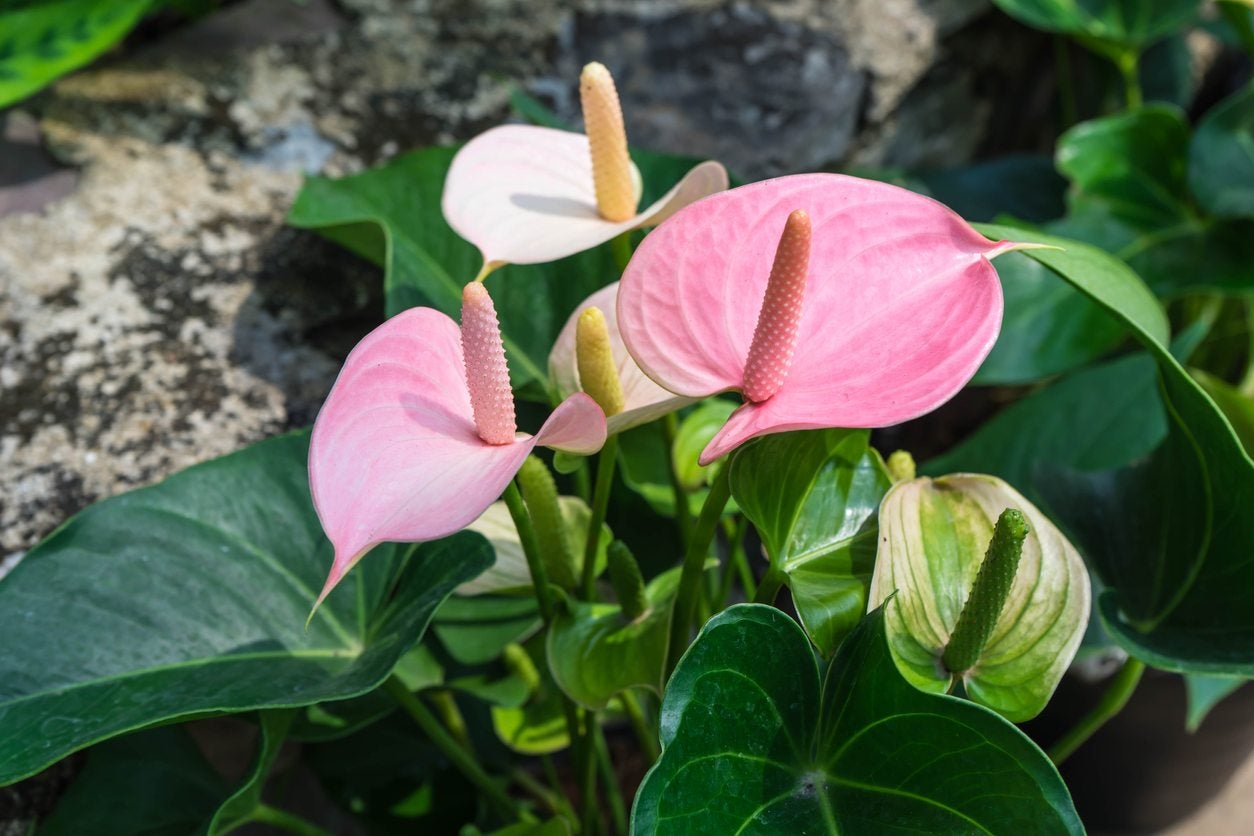

Anthuriums have been a popular tropical houseplant for years. They are commonly called spathe flower, flamingo flower, and taliflower because of their colorful spathes, which are actually a protective sort of leaf that surrounds the plant’s spadix. The spathe itself is not a flower at all, but the spadix which grows out of it will at times produce tiny male and female flowers for reproduction. While these true flowers are rarely noticed, its colorful spathe can be found in bright red, pink, purple, orange, and white depending on variety. Native to Central and Southern America, where many species grow on trees in the rain forests, just one anthurium plant can give a room a more tropical feel. Naturally, homeowners are adding this exotic plant to their outdoor rooms as well. However, while anthurium tends to grow well inside, anthurium outdoor care is more difficult.
How to Grow Anthuriums in the Garden
Anthuriums grow very well in controlled environments of the home when given indirect sunlight, consistent temperatures, and regular waterings. Hardy to zones 10 or higher, anthurium is very sensitive to the cold and needs steady temperatures between 60 and 90 degrees F. (15-32 C.) to thrive. When temperatures dip below 60 degrees F. (15 C.), outdoor anthurium plants can be damaged. Anthuriums also require consistent watering and well-draining soil. If they sit for too long in soggy, wet soil, they are prone to root rot, crown rot, and fungal diseases. Anthuriums require part shade or filtered indirect light. Too much sunlight can scorch them, and too little light can cause them not to produce the spathes and spadixes that make them so attractive. In addition, they do not tolerate windy areas outdoors. When growing anthuriums outdoors, it is best to grow them in containers that can be moved inside if temperatures in your area can dip below 60 degrees F. (15 C.). It is also important to water the root zone thoroughly and then let the soil dry out between waterings. This isn't always easy to do in partially shady areas, where soil tends to stay moist and soggy. Amending soil with organic material or mulching around the plant with peat or Spanish moss can help. Never allow soil or mulches to cover anthurium’s plant crown though. Anthuriums should get most of the nutrients they need from the organic material they are planted in. If you choose to fertilize outdoor anthurium plants, only fertilize once every other month using a fertilizer that is high in phosphorus. Many varieties of anthurium are poisonous or contain oils that can cause skin irritation, so do not plant them in area as that are frequented by children or pets.
Gardening tips, videos, info and more delivered right to your inbox!
Sign up for the Gardening Know How newsletter today and receive a free copy of our e-book "How to Grow Delicious Tomatoes".
-
 12 Lush Alternatives To A Lawn For Sustainable Spaces
12 Lush Alternatives To A Lawn For Sustainable SpacesAlternatives to a lawn are beautiful and also beneficial to your local ecosystem and its pollinators. Explore our top picks for plants to replace grass.
By Tonya Barnett
-
 Types Of Tomatoes Explained: Explore The Many Wonderful Shapes, Colors, Flavors, & Best Uses
Types Of Tomatoes Explained: Explore The Many Wonderful Shapes, Colors, Flavors, & Best UsesThe world of tomato varieties is vast and fascinating. Learn about the key types to grow in your garden, tailored to your preferences and space.
By Amy Grant
-
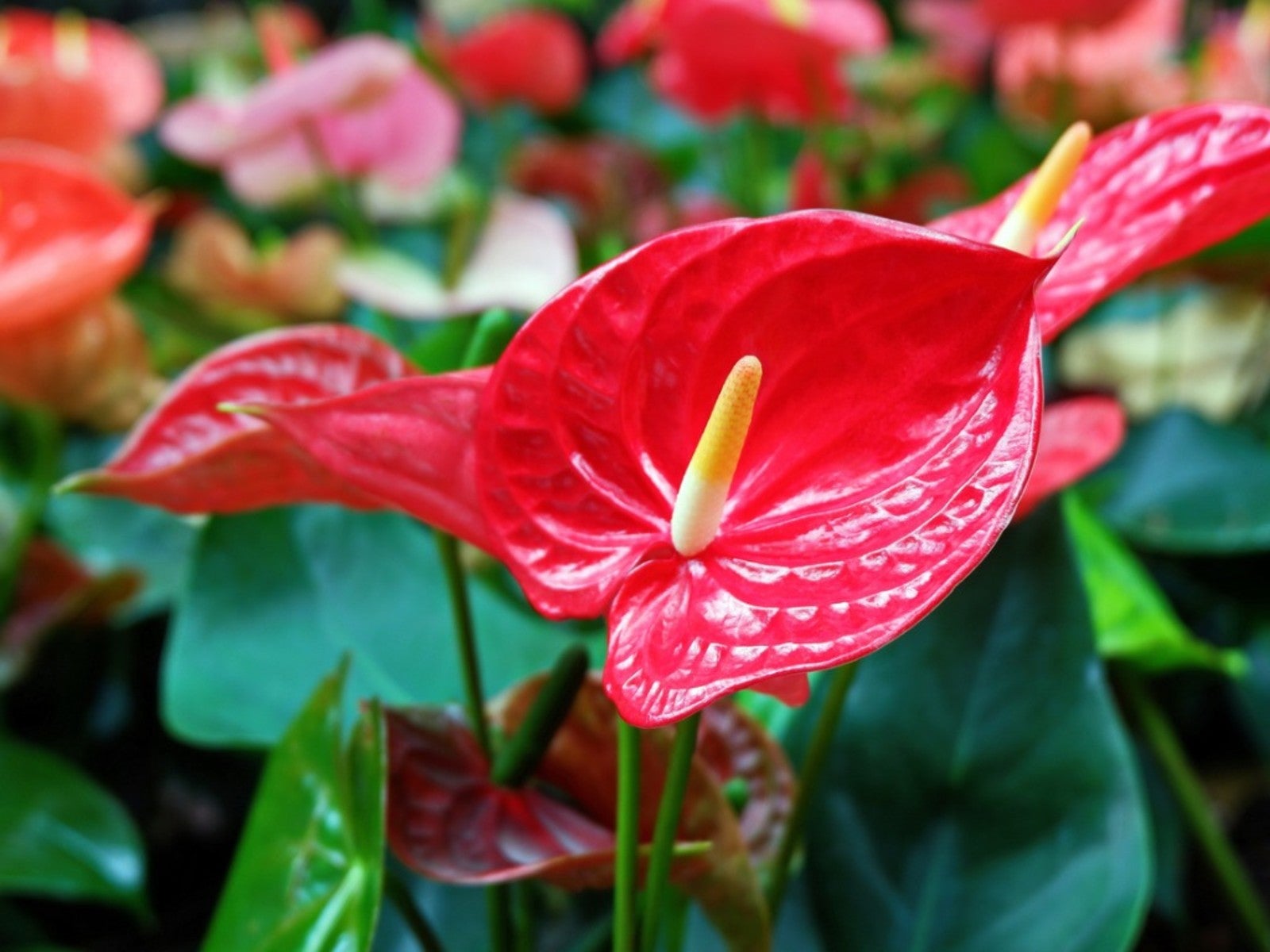 Can I Grow Anthurium In Water - Anthurium In Water Care Tips
Can I Grow Anthurium In Water - Anthurium In Water Care TipsYou can often find Anthuriums for sale glued to a piece of volcanic rock or pumice soaked in water. This would lead you to question, "Can I grow Anthurium in water?"
By Bonnie L. Grant
-
 Is Anthurium Trimming Necessary: How To Prune Anthurium Plants
Is Anthurium Trimming Necessary: How To Prune Anthurium PlantsIn spite of its exotic appearance, anthurium is surprisingly low maintenance. However, cutting back an anthurium is necessary from time to time to keep the plant happy and healthy. Wondering how to prune anthurium? Learn more in this article.
By Mary H. Dyer
-
 Anthurium Plant Division: How And When To Split Anthuriums
Anthurium Plant Division: How And When To Split AnthuriumsAnthurium is a great plant even for inexperienced gardeners. Maintenance is low, although dividing anthuriums is sometimes necessary to keep them blooming. Click this article to learn more about when and how to divide these plants.
By Mary Ellen Ellis
-
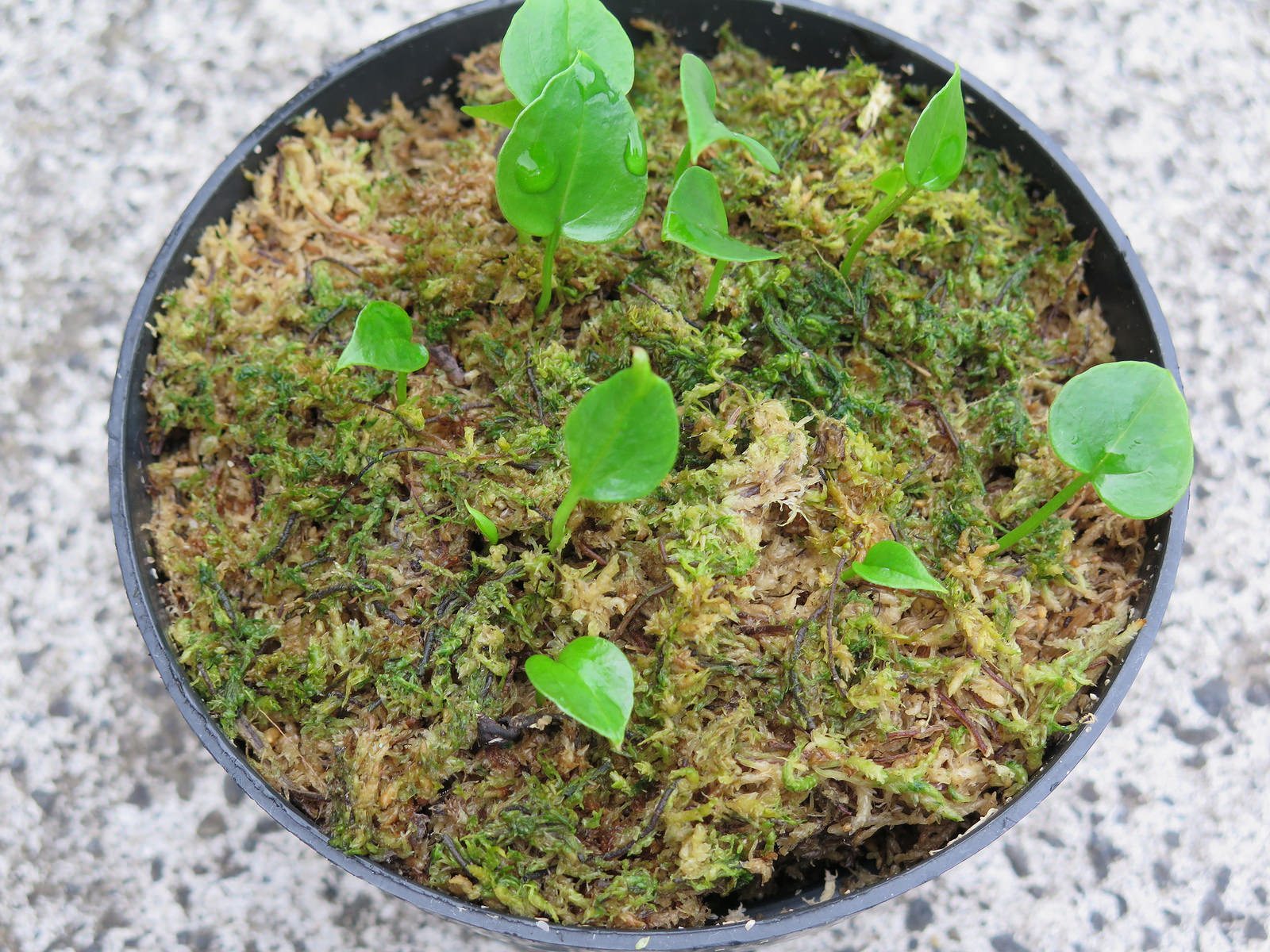 Seed Propagating Anthuriums: Learn About Planting Anthurium Seeds
Seed Propagating Anthuriums: Learn About Planting Anthurium SeedsCuttings are a far easier way to get a new plant, but if you are up for an adventure, some tips on planting anthurium seeds can help you find success. This article will help get you started with propagating anthuriums from seed.
By Bonnie L. Grant
-
 Anthurium Plant Pests – Controlling Insects On Anthuriums
Anthurium Plant Pests – Controlling Insects On AnthuriumsAnthurium pest control starts with recognizing the insects infesting the plant and then taking prompt measures to eradicate them. Learn more about them in this article and find tips on how to control insects on anthuriums.
By Bonnie L. Grant
-
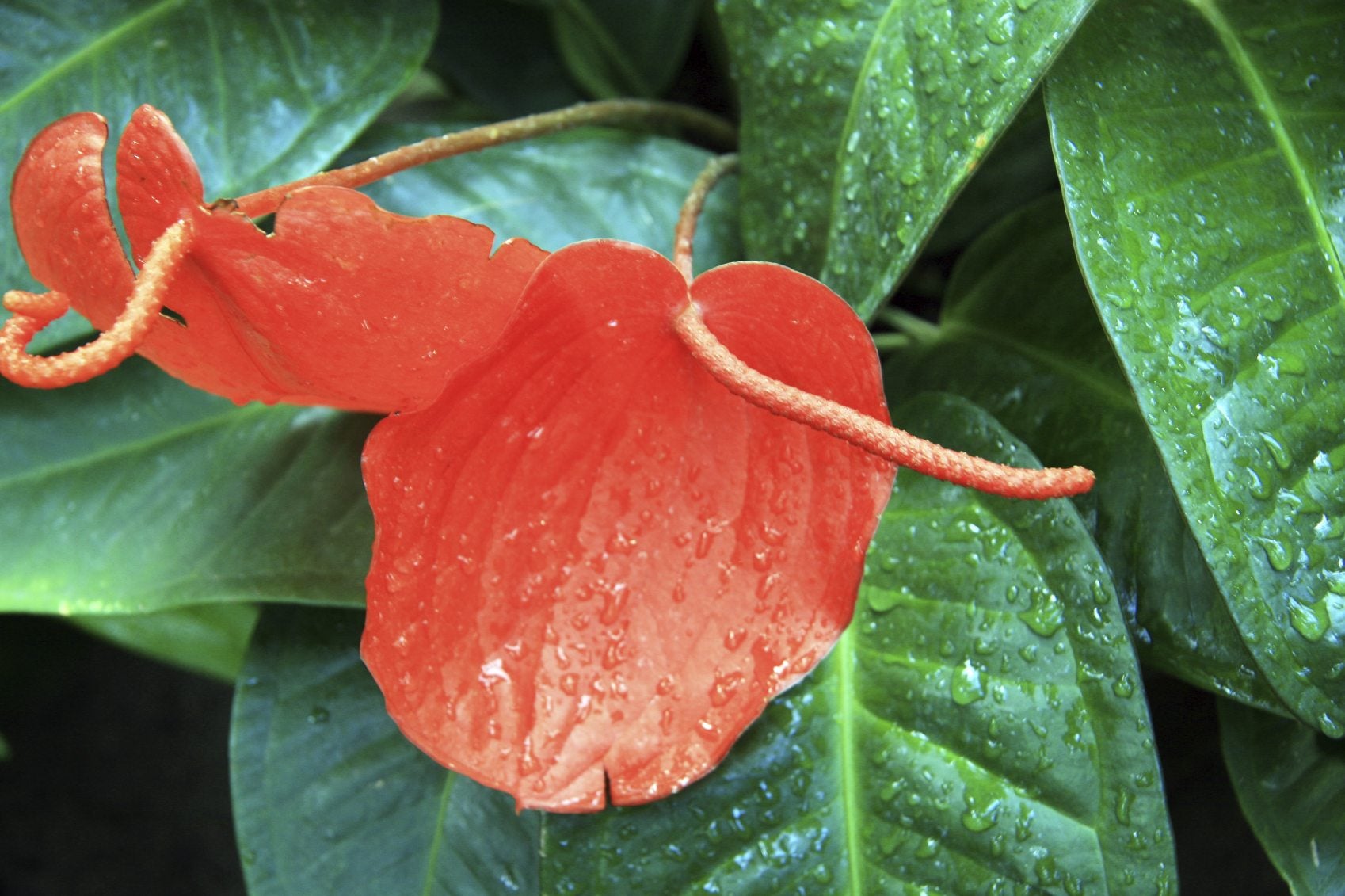 How Often To Water Anthuriums – Helpful Anthurium Watering Instructions
How Often To Water Anthuriums – Helpful Anthurium Watering InstructionsAnthuriums are interesting, lesser-known plants. The flowers have a unique look and low maintenance requirements, particularly when it comes to water. Learn more about anthurium water requirements in this article.
By Liz Baessler
-
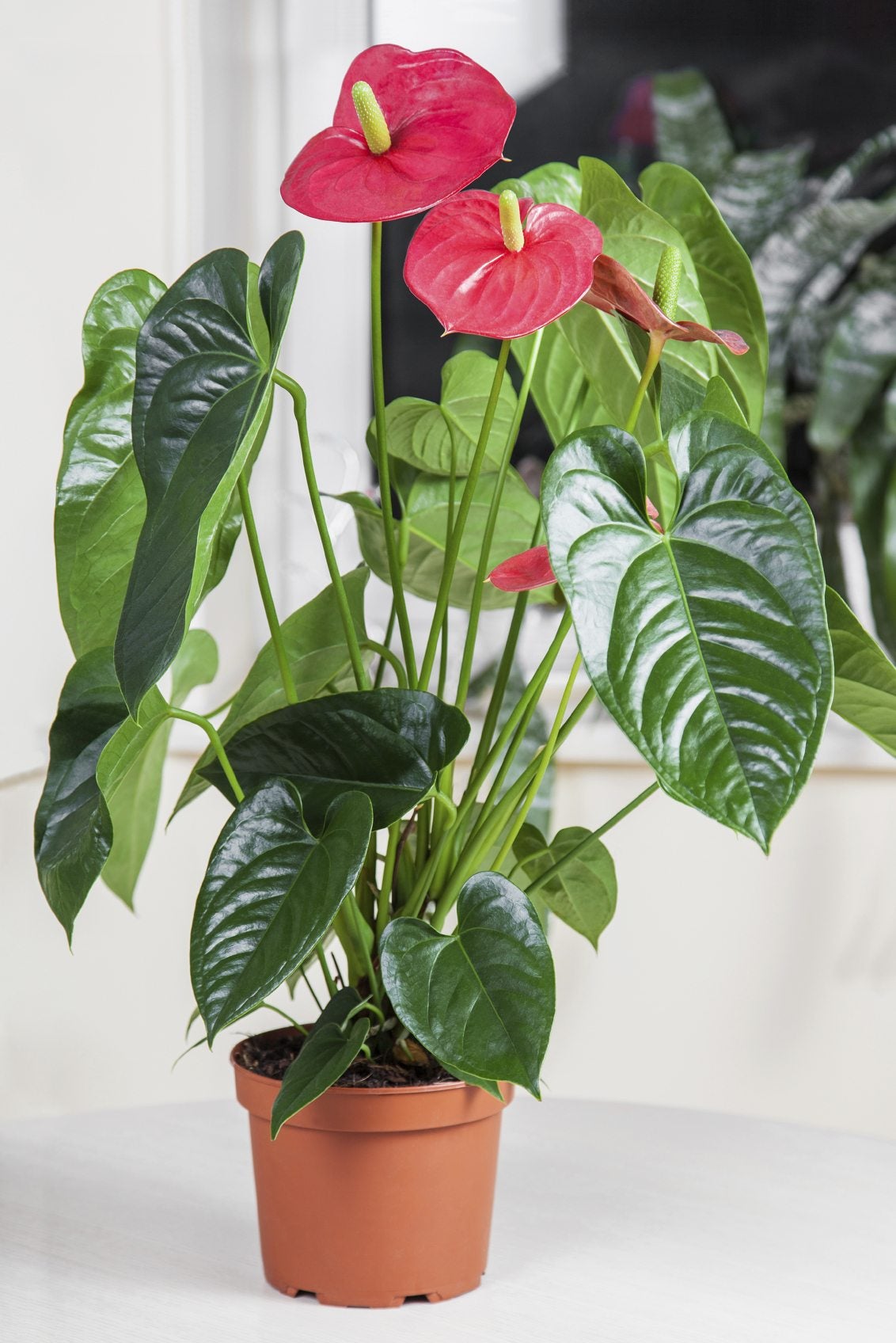 Anthurium Plant Care: Learn About Repotting Anthuriums
Anthurium Plant Care: Learn About Repotting AnthuriumsAnthurium plant care is relatively straightforward and repotting anthurium plants is a task that should be done only when required. Find valuable information on when and how to begin repotting anthuriums in this article.
By Mary H. Dyer
-
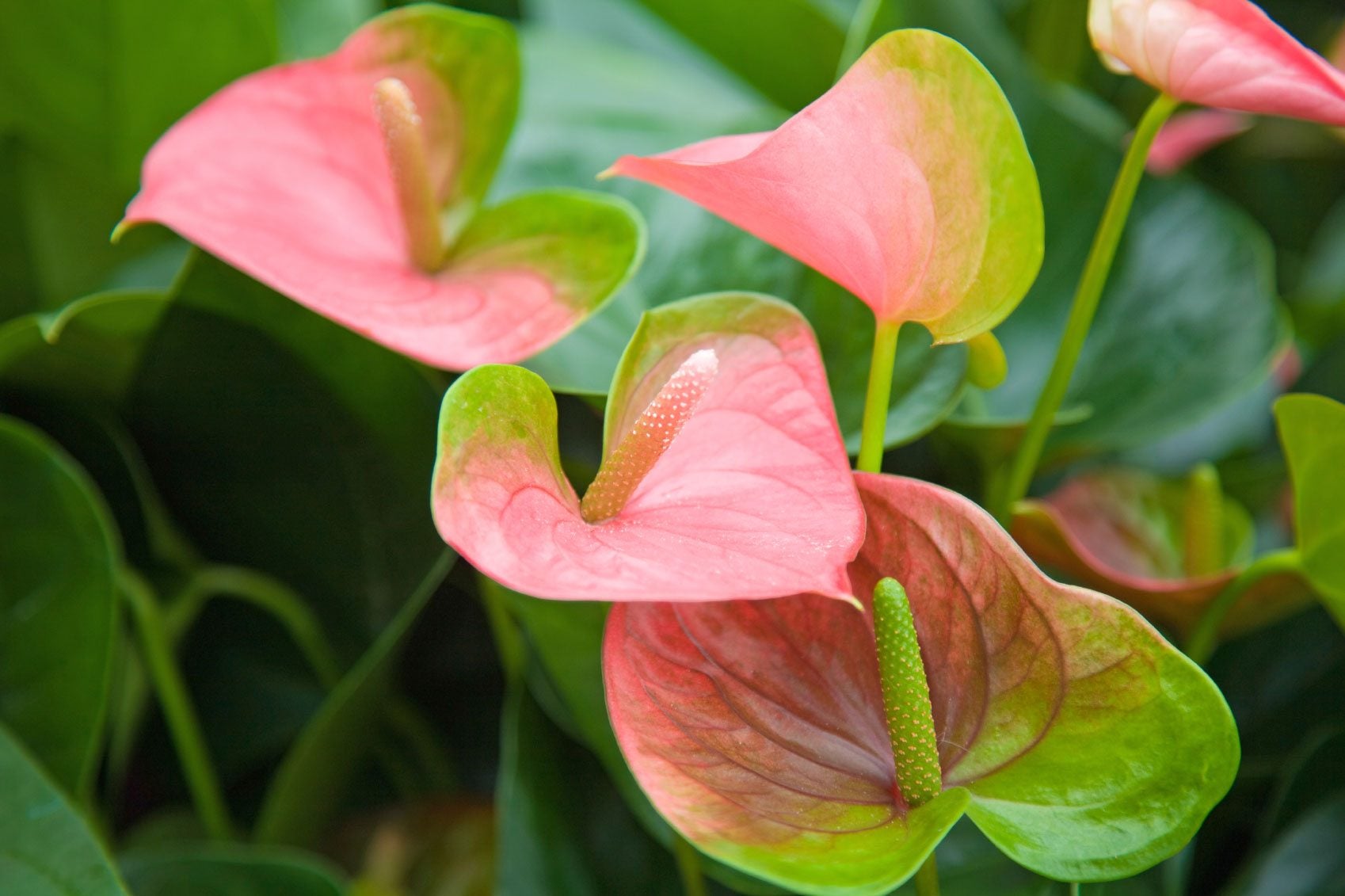 Changing Anthurium Color: Reasons For An Anthurium Turning Green
Changing Anthurium Color: Reasons For An Anthurium Turning GreenAnthurium plants produce hues of red, yellow and pink. Additional colors include green and white, scented lavender and a deeper yellow colored spathe. When anthurium flowers turn green, it may be species or it may be age or incorrect cultivation. Click here for more info.
By Bonnie L. Grant